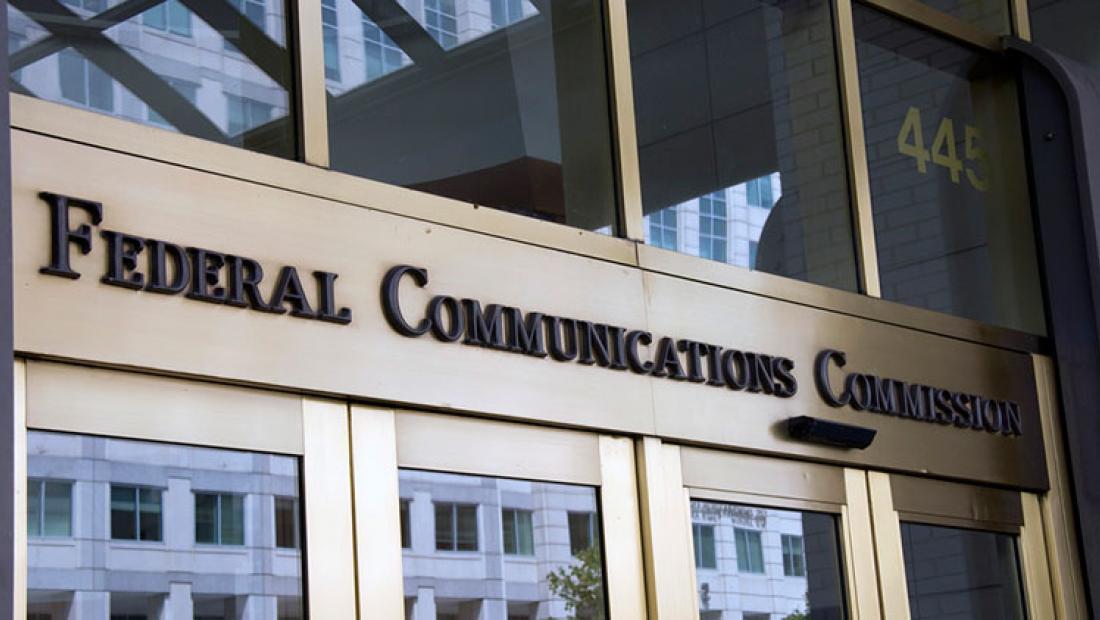TV Stations Ask FCC to Revive Item Regulating OTT
Point to displacement of traditional MVPDs

TV station affiliates of ABC, CBS, Fox and NBC are asking FCC chairman Ajit Pai to revive a years-old proposal to regulate some over-the-top video providers, providers currently beyond the agency's reach in terms of program access and must-carry/retransmission consent rules.
The major network affiliate associations held a joint teleconference with Pai last week to talk about the current state of the video marketplace, including the competition from virtual MVPDs, according to an FCC document.
Related: Cable Operators Push Back on OTT Definition
One of their concerns was the "rapidly developing trend toward streaming of video content," the "increasing competition for advertising dollars from the largest companies in the country," and "the virtual MVPD development and displacement of traditional MVPD’s in the distribution world," according to a summary of the meeting.
They asked Pai to "take a fresh look at the virtual MVPD proceeding that has been pending for a number of years."
The FCC voted back in 2014 to approve a Notice of Proposed Rulemaking that would define some over-the-top (OTT) video providers as multichannel video programming distributors (MVPDs), at a minimum to qualify for nondiscriminatory access to programming, similar to the way the FCC opened up cable programming to satellite competitors in the 1990s.
The idea behind the NPRM, the handiwork of then FCC chairman Tom Wheeler, was to give over-the top providers offering an online service that mimics a linear cable offering the same FCC-enforced access to vertically integrated programming. Wheeler was trying to promote new video competition to traditional cable, but eventually backed off the item after there was pushback, and an order was never voted on.
Multichannel Newsletter
The smarter way to stay on top of the multichannel video marketplace. Sign up below.
"Consumers have long complained about how their cable service forces them to buy channels they never watch," Wheeler said at the time "The move of video onto the Internet can do something about that frustration – but first Internet video services need access to the programs. Today the FCC takes the first step to open access to cable programs as well as local television."
Related: FCC Considering Making Some OVDs MVPDs
OTT video delivery has grown by leaps and bounds since then and affiliates clearly think it is time to revisit an order that would give them retransmission consent and must-carry rights on that new medium.
The 2014 item would define an OTT that delivers a linear stream of programming as an MVPD. That means those OVDs would have access to content through the FCC's program access rules, but also have to negotiate retransmission consent with broadcasters. It would not apply to IP-delivered versions of a cable operators traditional service, to which program access rules already apply.
Exactly which OTTs should be defined as MVPDS and what other obligations or rights might apply beyond that access--PEG channels, exclusivity--were all teed up in the many questions posed in the NPRM.
The NPRM, if the FCC did vote to approve it, would reverse a tentative, bureau-level conclusion in the Sky Angel program-access complaint. That decision held that having a facilities-based transmission path was necessary to be an MVPD--something cable ops argued was necessary. The FCC tentatively concluded that an MVPD has to have control of both the content and the transmission path—copper, fiber, satellite signals--to be delivering a channel, and that an over-the-top distributor lacks that path since it is not using a facilities-based channel.
Contributing editor John Eggerton has been an editor and/or writer on media regulation, legislation and policy for over four decades, including covering the FCC, FTC, Congress, the major media trade associations, and the federal courts. In addition to Multichannel News and Broadcasting + Cable, his work has appeared in Radio World, TV Technology, TV Fax, This Week in Consumer Electronics, Variety and the Encyclopedia Britannica.

